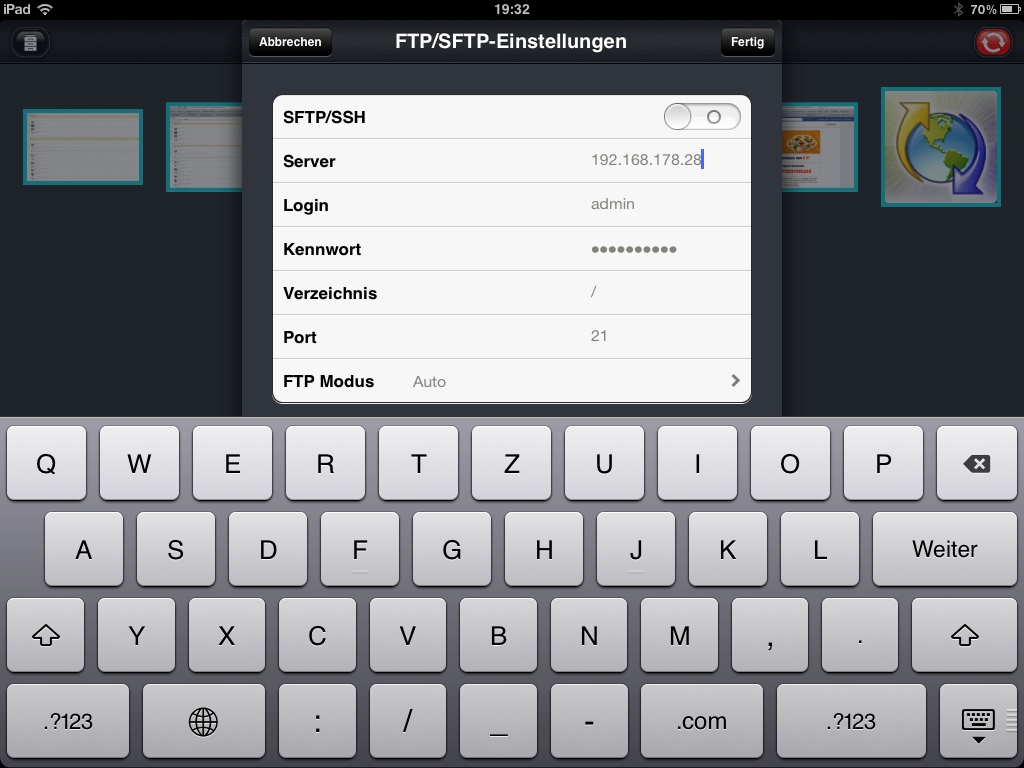

- REBOOT PHOTOSYNC ON TERMINAL HOW TO
- REBOOT PHOTOSYNC ON TERMINAL DRIVERS
- REBOOT PHOTOSYNC ON TERMINAL TRIAL
The main disadvantage of using systemctl is losing the ability to schedule or cancel the shutdown process. For example, type systemctl halt or systemctl poweroff to achieve similar results to the shutdown command. You can also use the systemctl command to shut down the system. The system is going down in five minutes.”Ĭancel a timed shutdown by using the -c option: $ sudo shutdown -c You can append a message to all users by entering it after the time specification, like this: $ sudo shutdown -halt +5 “Attention. In that case, specify the number of minutes from now to begin the shutdown process.įor example, to halt the system after a five-minute delay, type: $ sudo shutdown -halt +5 It's more likely that you'll want to halt the operating system a few minutes into the future. Schedule a time that suits your needs by using the format hh:mm (24-hour time designations).įor example, to halt the system at 10pm, type: $ sudo shutdown -halt 22:00 One of the main benefits of the shutdown command is the ability to define a shutdown delay to give users time to save their work and log off the system. The -halt option stops the operating system while the -poweroff option turns off the system. The shutdown command features two options: -halt and -poweroff. When Red Hat Enterprise Linux (RHEL) adopted systemd with RHEL 7, what happened to the venerable Linux shutdown command? It remains-but now it maps to systemd's shutdown functions.
REBOOT PHOTOSYNC ON TERMINAL HOW TO
Changing these targets is outside the scope of this article but is something I cover in How to switch between the CLI and GUI on a Linux server. The system launches to the default.target (providing either a command-line interface or graphical environment).

REBOOT PHOTOSYNC ON TERMINAL DRIVERS
The kernel and drivers load and mount the root filesystem.The boot loader stage 2 starts and loads the selected kernel.The operating system selection menu appears.The boot loader starts, and the Master Boot Record (MBR) or GUID Partition Table (GPT) loads.The firmware (BIOS or UEFI) finds the boot media.What happens from there varies a bit depending on your hardware, but in general, the process looks like this: Starting the system is as simple as pressing the power button. Remember, it's generally a bad idea to log on directly as root. Ensure your account is configured in /etc/sudoers for this authority.

Typically, you need root privileges to shut down or reboot the system.
REBOOT PHOTOSYNC ON TERMINAL TRIAL
Get a Red Hat Learning Subscription trial.Learn about Red Hat Certified System Administrator (RHCSA) certification.Explore Red Hat training and certification options.When I run reboot, there were some zombie processes generated in special namespaces. I know reboot may do restart gracefully, such as sync dirty pages to disk, kill all running processes and so on. Magic commands can be executed for this issue and the server reboot successfully and immediately, echo 1 > /proc/sys/kernel/sysrq After first "reboot" command, can I run "reboot -f" again to shutĭown the system? I didn't try it since it's not safe.Processes, any condition causes "reboot" hangs? proc? reboot using "shutdown -r" which try to kill all the running How can I get the clue for this issue, such as something found under.This VM can be restarted from VM web console. My VM just run into docker hang issue(1.12.6) before reboot and I just removed the docker files under /var/lib/docker. Some services(like ssh) seem to be shut down. I checked the syslog, no special logs found. When I execute the command, it prompts "success" but nothing happened. Sometimes, I just want to restart the VM by reboot command. I have the VM running with ubuntu(14.04.4).


 0 kommentar(er)
0 kommentar(er)
